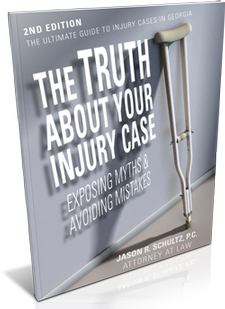The wreck this morning brings to a head the issue of seat belts on school buses and whether they should be mandated by the federal and/or state goverment. In November 2007, U.S. Transportation Secretary Mary E. Peters announced a new federal proposal to make school buses safer by requiring higher seat backs and setting new seat belt standards for the nation’s 474,000 school buses.
Despite the new proposal, the official National Highway Transportation Administration (NHTSA) position statement on seat belts on school buses concludes that "there is insufficient reason for a Federal mandate for seat belts on large school buses." The statement points out that:
"School bus transportation is one of the safest forms of transportation in the United States. We require all new school buses to meet safety requirements over and above those applying to all other passenger vehicles. These include requirements for improved emergency exits, roof structure, seating and fuel systems, and bus body joint integrity. These requirements help ensure that school buses are extremely safe."
NHTSA feels that the best way to provide crash protection to passengers is through "compartmentalization," in which "buses provide occupant protection so that children are protected without the need to buckle-up. Occupant crash protection is provided by a protective envelope consisting of strong, closely-spaced seats that have energy-absorbing seat backs."
It is my opinion that properly worn seat belts would certainly have minimized the nature and extent of the injuries caused by the careless driving of the school bus driver. If you or your child was injured in a similar crash, consult an experienced car accident attorney to understand your legal options.

 It's a situation in which you shouldn't trust your first instinct because it may be fatal. Overcorrecting, or quickly snatching the steering wheel back in the direction of the road to get back on it when your vehicle goes onto the shoulder, is one of the leading causes of traffic fatalities in this country.
It's a situation in which you shouldn't trust your first instinct because it may be fatal. Overcorrecting, or quickly snatching the steering wheel back in the direction of the road to get back on it when your vehicle goes onto the shoulder, is one of the leading causes of traffic fatalities in this country.
